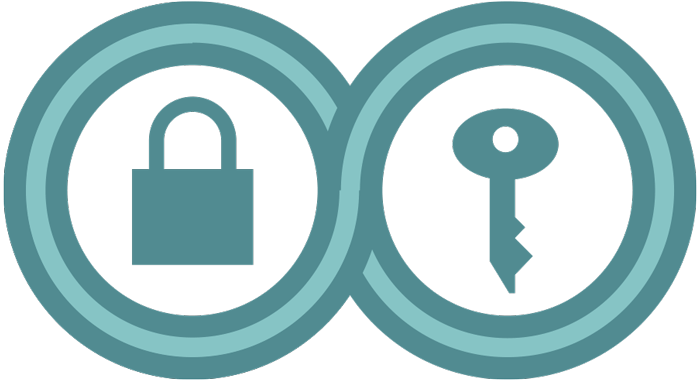Animated Overview: Protecting Your Device From Hackers
Last Reviewed: November 10, 2019
Malicious attackers can take over your device—whether it's a laptop computer, a desktop PC, a smartphone or tablet—and use it to find out more about you, spy on you, or plant evidence. This animation explains a few of the ways computers get taken over (or “pwned," “0wned,” etc.), and how you can protect yourself.
1. An email attachment that contains malware: You can get tricked into running a program by clicking on an email attachment that appears innocent, but is actually infected with malware. Malware can turn on your computer’s microphones and broadcast your conversations, record your screen, watch what you type on your keyboard, copy files, or even insert false records. Be very careful opening strange email attachments and double check with the person who sent it before you open it if you’re unsure.
2. A malicious weblink: It’s possible to infect a computer with malware remotely just by visiting a webpage (sometimes called a “drive-by download”). If a link prompts you to install software, don’t agree. And if your web browser or a search engine warns you a site may be malicious, hit the back button.
3. USB or Thunderbolt connector: Attackers can copy over a malicious program or otherwise take over your machine by plugging in a USB or Thunderbolt connector. The same goes for CDs and DVDs. Sometimes they will contain a program (autorun.exe) that runs automatically so your computer will be infected immediately if you insert the disc. So be careful what you put in or attach to your computer, and if you want it to stay secure, don't give strangers access to your device.
Remember, modern computers are designed to fend off these malware attacks. As long as we keep building them as such, you’ll have a chance to fight back against being 0wned. Find tips for detecting attacks on your computer in our guide on malware.
